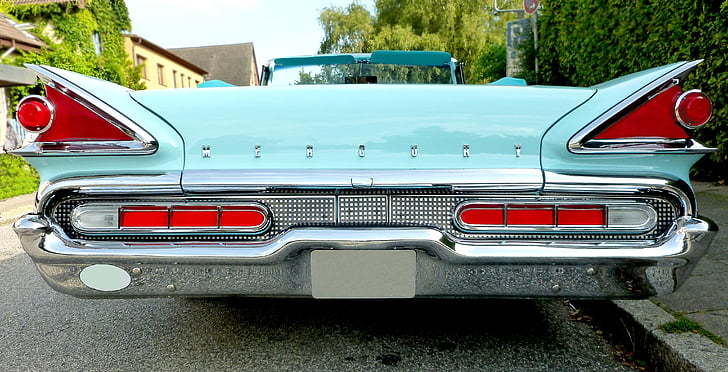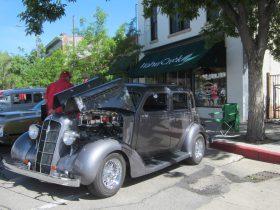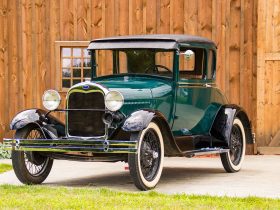As designers continue to upgrade existing safety and entertainment features for today’s automobiles, some car enthusiasts are taking the opposite approach, turning classic cars into modern-day tech creations. Through careful research and a bit of creativity, classic car owners are finding ways to enjoy modern infotainment systems in vintage rides.
Understanding the Basics of Classic Infotainment Systems
Most modern infotainment systems can be thought of as a series of interconnected elements. The most basic systems include a receiver, display, a set of speakers, and an amplifier. This setup allows the user to control specific components and upgrade existing systems with modern components. Many classic infotainment systems run on either dc or ac power, while others require separate power sources for each component.
The display is the efficient part of a classic car’s infotainment system. Depending on the year and make of the car, many infotainment systems are powered by conventional gauge screens with limited features and capabilities. Drivers can upgrade their systems with new HD displays, navigation systems, audio receivers, and more. Additionally, drivers may choose to install cameras for rearview assistance or climate control systems.
Upgrading for Modern Entertainment
Classic car owners have several options when it comes to upgrading their infotainment systems. The most popular upgrades involve swapping out the receiver, the speakers, and the amplifier. If the existing receiver does not support newer technologies, drivers may choose to replace it with an updated receiver that can support HD audio and video. Some drivers may even choose to upgrade their speakers to those with better output and sound quality.
The amplifier works to increase the signal strength of music being played through the system. This helps to increase audio quality and ensure that sound is balanced throughout the entire car. Many classic car owners decide to upgrade their amplifiers by adding a subwoofer for improved low-frequency output. This can make older systems sound much more modern and immersive.
Tailoring the Ideal Infotainment System
Creating the perfect infotainment system for a classic car involves careful research, technical know-how, and a bit of finesse. Drivers should research the car’s existing system to identify any constraints or limitations. Doing so will help drivers understand which components will need to be replaced or upgraded.
Drivers should also consult manuals or technical documentation to ensure that they are comfortable with the entire setup process. This includes connecting the display, speakers, receiver, and amplifier. After the new components have been set up, drivers should test out the car’s new audio setup to ensure that every component is functioning properly.
Classic Infotainment: The Future of Automotive Audio
Classic cars can still maintain their classic look and feel, even after they have been upgraded with modern infotainment systems. With the right components and a bit of patience, drivers can enjoy the comforts of modern-day technology in their classic automobiles. Through connected classics, drivers can finally experience the best of both worlds: a vintage ride with modern amenities.













